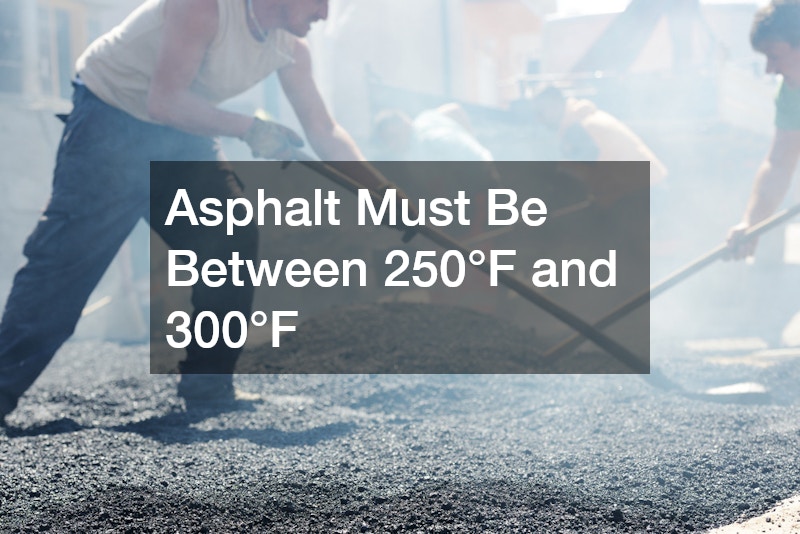Asphalt pavers play a crucial role in the construction and maintenance of roads, parking lots, and other paved surfaces. Understanding how an asphalt paver works can provide valuable insight into the processes involved in creating smooth, durable surfaces that withstand the test of time.
Components of an Asphalt Paver
An asphalt paver consists of several key components that work together to lay asphalt effectively. The primary parts include:
Hopper: This is the upper part of the paver that holds the asphalt mixture. The hopper is designed to receive hot asphalt from trucks and can typically hold several tons of material.
Auger: Located just below the hopper, the auger helps distribute the asphalt evenly across the width of the paver. It also feeds the material to the screed, which is responsible for laying down the asphalt.
Screed: The screed is a heated plate at the rear of the paver that spreads and levels the asphalt. It can be adjusted to control the thickness of the asphalt layer being laid. The screed’s temperature is crucial, as it helps maintain the workability of the asphalt mixture.
Track System: Asphalt pavers are equipped with a track system that allows them to move smoothly over the surface being paved. The tracks help distribute the weight of the machine evenly, reducing the risk of damaging the underlying ground.
The Paving Process
The process begins when a dump truck delivers hot asphalt to the paver’s hopper. The paver moves forward, and the operator controls the machine’s speed and direction. The auger then begins to rotate, moving the asphalt from the hopper to the screed. As the auger distributes the asphalt, the screed levels and compacts the material, creating a smooth surface.
Temperature is a critical factor during this process. Asphalt must be kept hot enough to remain workable, typically between 250°F and 300°F. If the temperature drops too low, the asphalt can become too stiff, leading to poor compaction and surface defects.
Quality Control
Operators continuously monitor the paving process to ensure a uniform thickness and smooth finish. They may adjust the screed’s height and angle to achieve the desired results. Additionally, the operator must be vigilant for any changes in the asphalt’s temperature or consistency, as these factors can significantly affect the quality of the paved surface.
In summary, asphalt pavers are essential machines in road construction and maintenance. By understanding how an asphalt paver works, one can appreciate the intricate processes involved in creating durable and smooth roadways. The combination of the hopper, auger, screed, and track system ensures that asphalt is laid efficiently and effectively, contributing to the longevity of paved surfaces.
Watch the video above to learn more from professional pavers in Columbus, Ohio!
.












